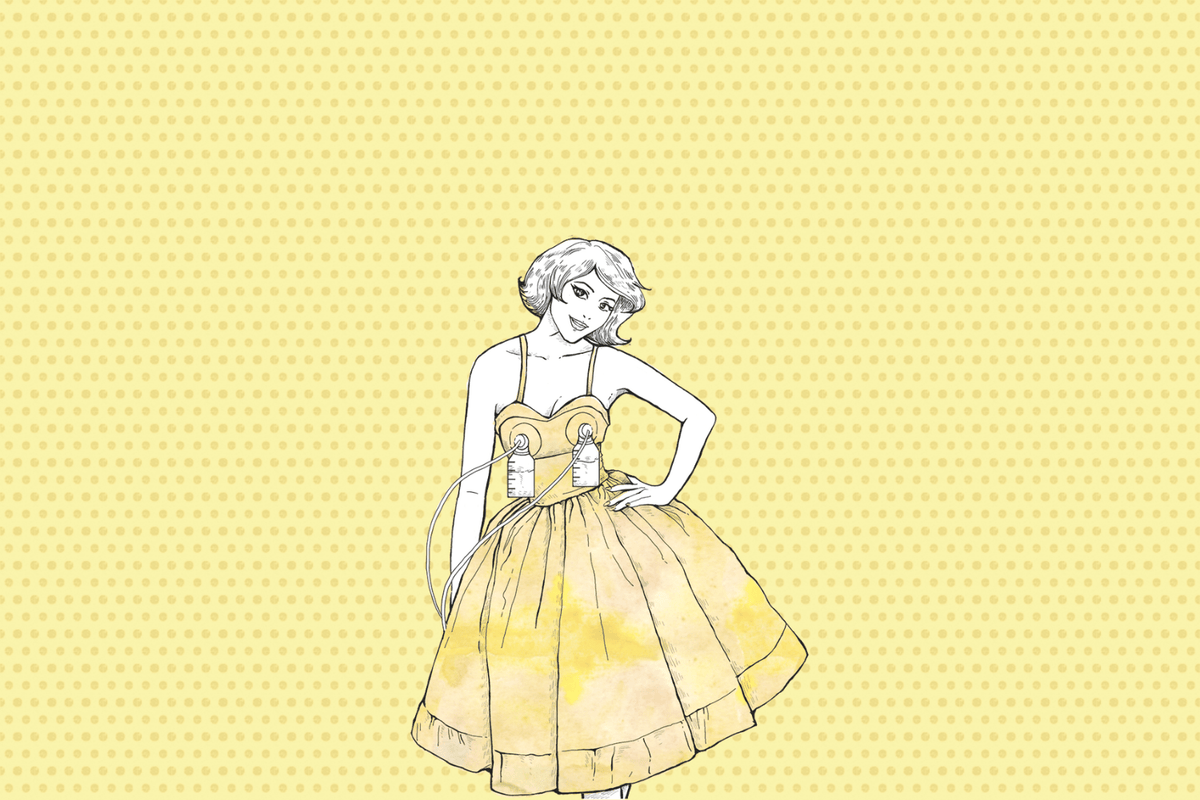
Washing Pump Parts: Tips + Hacks
|
4 min
|
4 min
Proper cleaning of breast pump parts is essential for ensuring the health and safety of both mother and baby. Adhering to best practices helps prevent contamination and maintains the longevity of your equipment. This comprehensive guide provides detailed steps and considerations for effectively washing your breast pump components.
Breast milk is a nutrient-rich substance that can harbor bacteria if not handled properly. Regular cleaning of pump parts prevents the growth of harmful microorganisms, ensuring that each pumping session provides safe milk for your baby. The Centers for Disease Control and Prevention (CDC) emphasizes the significance of cleaning pump parts after every use to maintain hygiene and prevent potential infections.[1]
After each pumping session, promptly disassemble all parts that come into contact with breast milk. This typically includes bottles, valves, membranes, breast shields (flanges), and connectors. Consult your pump's user manual to ensure all components are correctly identified and disassembled.
Preparation : Wash your hands thoroughly with soap and water before handling pump parts.[2]
Dedicated Cleaning Basin : Use a clean wash basin specifically designated for cleaning infant feeding items. Avoid placing pump parts directly in the sink to prevent exposure to sink-related germs.[3]
Washing :
Fill the basin with hot water and add a mild dishwashing soap.
Place the disassembled pump parts into the soapy water.
Use a clean bottle brush or a soft cloth to scrub each part thoroughly, ensuring all milk residue is removed.
Rinsing : Rinse all parts under running water to eliminate any soap residue.
Drying : Place the cleaned parts on a clean, unused dish towel or paper towel in an area protected from dirt and dust. Allow them to air-dry completely before storage or next use. Avoid using dish towels to rub or pat items dry, as this may transfer germs.[4]
Compatibility : Verify that your pump parts are dishwasher-safe by consulting the manufacturer’s guidelines.
Placement :
Place small parts in a closed-top basket or mesh laundry bag to prevent them from being lost or damaged.
Arrange larger parts securely on the top rack of the dishwasher.
Washing Cycle : Run the dishwasher using hot water and a heated drying cycle or a sanitizing setting to effectively clean and sanitize the parts.[5]
Post-Wash Handling : After the cycle is complete, with clean hands, remove the parts. If any items are still wet, place them on a clean dish towel or paper towel to air-dry thoroughly.
If you use a wash basin or bottle brush for cleaning pump parts, it’s crucial to maintain their cleanliness:
Rinsing : After each use, rinse the wash basin and bottle brush thoroughly to remove any milk or soap residue.
Drying : Allow them to air-dry completely.
Regular Cleaning : Consider washing them every few days, either in a dishwasher with hot water and a heated drying cycle if they are dishwasher-safe, or by hand with soap and warm water.[6]
While regular cleaning is sufficient for most situations, additional sanitization is recommended in certain circumstances:
For Infants Under Three Months : Younger babies have developing immune systems, making them more susceptible to infections.
Premature Infants : Premature babies may have additional health considerations requiring extra precautions.
Compromised Immune Systems : If your baby has a weakened immune system, sanitizing pump parts can provide an extra layer of protection.
Boiling :
Place disassembled, washed parts into a pot of water, ensuring they are fully submerged.
Bring the water to a rolling boil and maintain for at least 5 minutes.
Use clean tongs to remove the items and place them on a clean surface to air-dry.
Steam Sterilizers :
Follow the manufacturer’s instructions for using electric or microwave steam sterilizers designed for infant feeding items.
Dishwasher Sanitization :
Utilize the dishwasher’s sanitizing cycle, if available, ensuring it reaches the necessary temperature to effectively kill bacteria.[7]
Not all breast pump tubing comes into contact with breast milk. However, if milk or moisture enters the tubing:
Rinsing : Rinse the tubing in cool water to remove milk residue.
Washing : Wash with warm, soapy water, ensuring the soap reaches the interior of the tubing.
Rinsing Again : Rinse thoroughly to remove all soap.
Drying :
Hang the tubing to allow water to drain out.
Ensure it is completely dry before the next use to prevent mold growth.
If condensation remains, attach the tubing to the pump (without other parts) and run the pump for a few minutes to facilitate drying.[8]
After cleaning and drying, store pump parts in a clean, dry container or sealed bag to keep them free from dust and contaminants. Avoid storing parts while they are still wet, as this can encourage mold or bacterial growth.
When traveling or pumping outside the home:
Use sanitizing wipes designed for breast pump parts if washing immediately is not an option.
Carry extra sets of clean pump parts to reduce the need for frequent cleaning in less-than-ideal conditions.
Bring a small, portable cleaning basin and soap for hand washing when access to a sink is limited.
Proper cleaning of breast pump parts is a critical step in protecting your baby’s health and ensuring the longevity of your equipment.
Centers for Disease Control and Prevention. “Breast Pump Cleaning: Steps to Keep Your Baby Safe.” CDC.gov
American Academy of Pediatrics. “How to Clean Your Breast Pump.” HealthyChildren.org
Children’s Hospital of Orange County. “7 Tips for Easy Breast Pump Cleaning.” CHOC.org
Centers for Disease Control and Prevention. “Guidelines for Infant Feeding Equipment.” CDC.gov
Medela. “Cleaning and Sanitizing Breast Pump Parts.” Medela.com
National Institutes of Health. “Sanitization and Hygiene in Infant Care.” NIH.gov
Lansinoh. “Guide to Cleaning Breast Pump Accessories.” Lansinoh.com
La Leche League International. “Maintaining Breast Pump Hygiene.” LLLI.org